Jumping box exercises are key to building explosive power and strength using a plyo box. Athletes use them to boost speed and agility. In this article, you’ll discover top jumping box workouts, their benefits, and safety tips.
Key Takeaways
-
Plyo boxes enhance explosive power, speed, and overall athletic performance through versatile exercises like box jumps, making them essential for athletes and fitness enthusiasts alike.
-
Choosing the right plyo box, focusing on safety, and starting with beginner-friendly exercises are crucial for effective training and injury prevention.
-
Incorporating a variety of plyometric exercises into your routine can maximize workout effectiveness, improve endurance, and keep your training engaging.
What is a Jumping Box?

A jumping box, commonly known as a plyo box, is a versatile training tool designed for plyometric exercises that enhance explosive power through rapid, forceful muscle movements. These boxes are integral to training programs aimed at boosting speed, agility, and overall athletic performance. Plyo boxes serve as stable platforms for various exercises, including box jumps and step-ups, making them a staple in many athletes’ routines.
Plyo boxes come in various materials such as wood, metal, or plastic, and their sizes vary to accommodate different user heights and exercise difficulties. This variety allows users to select the most suitable box for their specific needs, ensuring that they can safely and effectively perform their plyometric exercises.
Benefits of Using Plyo Boxes
Incorporating plyo boxes into your workouts offers numerous benefits. First and foremost, they enhance speed, power, and strength through explosive movements. Box jumps, for example, require you to jump onto a sturdy platform, focusing on height and soft landings, which develop explosive leg power and stability. This translates into improved athletic performance, whether you’re sprinting, jumping, or engaging in other high-intensity activities.
Plyo boxes are not just for athletes; they can be used for a variety of exercises, including jumps, squats, and push-ups, adding variety to your workouts. This versatility makes them an excellent addition to any fitness regimen, providing a comprehensive workout for multiple muscle groups. Additionally, box jumps are beneficial for enhancing cardiovascular fitness and can be performed safely by starting on a lower box before progressing to higher ones.
Moreover, plyometric boxes are valuable in rehabilitation settings. They assist patients recovering from injuries by providing controlled, low-impact exercises that promote strength and stability. Whether you’re looking to boost your athletic performance or recover from an injury, plyo boxes offer a wide range of benefits that can help you achieve your fitness goals.
Choosing the Right Plyo Box
When selecting a plyo box, durability is crucial due to the stress of repeated jumping and landing. High-quality materials like wood or steel ensure that the box remains stable during intense workouts. Additionally, opting for plyo boxes with non-slip surfaces and rounded edges can significantly improve safety and reduce injury risks.
Beginners should start with lower heights to master form before progressing to more challenging levels, according to experts. Plyo boxes typically come in standard heights of 20, 24, and 30 inches, with some featuring a 3-in-1 design for versatility. Adjustable plyo boxes allow users to change the height, offering flexibility in training depending on skill and goals.
Consider the space available in your training area to ensure there’s enough room for safe exercise execution. 3-in-1 plyometric boxes are ideal for those looking for an all-in-one solution, catering to various exercise levels. Whether you’re a beginner or an advanced athlete, selecting the right plyo box will enhance your training experience and help you achieve your fitness objectives.
Beginner-Friendly Box Jump Exercises

For those new to plyometric training, starting with beginner-friendly exercises is essential. Common exercises performed using a jumping box include box jumps, squats, and step-ups, which can be adjusted for added weight. Plyo box step-ups, for example, effectively target thighs, glutes, hips, and core, making them ideal for those looking to tone and strengthen these areas.
Using plyo boxes targets major muscle groups such as quads, glutes, hamstrings, and calves. Starting with a height range of 12 to 20 inches is recommended for beginners to focus on technique and develop strength safely. Gradually increasing the difficulty and height of the exercises allows the body to adapt and prevents injury.
Other beginner-friendly exercises include single-leg bridges on a box, which enhance hamstring strength and overall stability, and lateral step-ups that effectively engage the glutes while contributing to knee stability and hip health. These easy exercises provide a solid foundation for building explosive power and strength.
Advanced Plyometric Workouts
For those with more experience, advanced plyometric workouts can take your training to new heights. Advanced athletes should choose boxes that are 24 to 30 inches high to provide a greater challenge and improve explosive power. Exercises like Bulgarian split squat jumps increase flexibility and strength in the lower body, offering a challenging workout.
Lateral bounds improve agility and explosive power by requiring a powerful side-to-side jump, landing on one foot and quickly repeating the action. Burpee box jumps engage the entire body, combining cardiovascular and explosive strength training. These workouts not only enhance explosive power but also improve speed and coordination.
Gradually increasing the intensity and complexity of box jump exercises helps prevent overuse injuries. Advanced plyometrics exercises focus on explosive strength and speed, often involving high-impact movements that require prior strength training and proper technique. These demanding workouts deliver great results for those ready to take on the challenge.
Safety Tips for Box Jumps
Safety is paramount when performing box jumps. Focusing on executing each box jump with proper technique is crucial; incorrect form can increase the likelihood of injuries. Developing core strength is beneficial for maintaining stability during box jumps, which can help protect your back and joints. Using footwear that provides adequate support and shock absorption is vital to lessen the impact on joints during box jumps.
Inspect the box for any signs of wear or damage before each use to ensure safety during workouts. Performing box jumps on soft, stable surfaces is important to minimize the risk of joint injuries associated with hard landing surfaces. Listening to your body during workouts is essential; stopping if you feel pain can prevent further injuries.
Adequate rest and recovery periods, especially for beginners, are vital to reduce the worry of injuries from overtraining over time. Regularly inspecting your plyo box for cracks or damage and reinforcing any loose joints or screws immediately will maintain its structural integrity and ensure a safe training environment for each pair of users.
How to Incorporate Plyo Boxes Into Your Routine
Integrating plyo box exercises into your routine can significantly enhance your workout variety and overall fitness. A comprehensive warm-up that includes dynamic stretches is essential to prepare the muscles and reduce injury risk before performing box jumps. Plyometric exercises with plyo boxes are effective for burning calories and improving endurance.
Box squats can be an effective way to target glutes and legs, using weights or bodyweight. Hip thrusts with shoulders resting on a plyo box can intensify the workout by adding weights or employing a barbell. Decline mountain climbers with feet elevated on a plyo box challenge multiple muscle groups, including the core and legs.
Incorporating these exercises into your existing training regimen promotes balanced workouts and enhances overall fitness. Variations of push-ups, like incline and decline push-ups, can be performed on a plyo box to modify difficulty levels. Tailoring exercises to your fitness level and goals will maximize the benefits of using plyo boxes in your routine.
Recommended Plyo Boxes

Choosing the right plyo box can make a significant difference in your training experience. The REP Fitness PB-3000 Adjustable Plyo Box features three height options (16, 20, and 24 inches) and a non-slip surface for safe use. Titan Fitness’s 3-in-1 Plyo Box offers an anti-slip surface and supports a weight capacity of 550 pounds, catering to various fitness levels.
Rogue Fitness Foam Plyo Boxes include a soft foam layer to minimize the risk of injury and are stackable for flexible height adjustments. The Giant Lifting Soft Plyo Box is a 3-in-1 option designed for safety, featuring a soft vinyl cover and a recycled cotton core. The Fringe Sport Traditional Plyo Box is budget-friendly with multiple height choices and a 400-pound weight capacity.
Selecting a high-quality plyo box is crucial for effective and safe plyometric training. Most of these recommended plyo boxes are durable and can support significant weight, making them suitable for varied training intensities. They can typically be purchased online through reputable fitness equipment retailers.
Maintaining Your Plyo Box
Maintaining your plyo box is essential to ensure its longevity and safety. Regularly cleaning the plyo box with a mild soap solution helps to maintain its surface and durability. Clean the surface of the plyo box with a damp cloth to remove sweat and dirt after each use.
Applying a protective coating, such as oil, on wooden plyo boxes can prevent moisture damage and filter prolong their lifespan. Store the product plyo box in a dry place to prevent moisture damage and warping.
Taking these steps will ensure your plyo box remains sturdy and safe for all your explosive workouts.
Summary
Plyo boxes are a powerful tool for enhancing explosive power, speed, and strength through a variety of exercises. By incorporating plyo boxes into your fitness routine, you can achieve significant improvements in your athletic performance and overall fitness. From beginner-friendly exercises to advanced plyometric workouts, there’s something for everyone.
Choosing the right plyo box and following essential safety tips will ensure a safe and effective training experience. Regular maintenance of your plyo box will prolong its lifespan and keep it in optimal condition for your workouts.
Incorporate plyo boxes into your routine and experience the transformative power of plyometric exercises. Start today and leap towards your fitness goals with confidence and enthusiasm.
Frequently Asked Questions
What is a plyo box?
A plyo box is an incredible tool for building explosive power through dynamic muscle movements. Elevate your workout and unleash your potential with this versatile training aid!
What are the benefits of using plyo boxes?
Using plyo boxes boosts your speed, power, and strength while adding exciting variety to your workouts. Embrace the challenge and experience enhanced cardiovascular fitness too!
How do I choose the right plyo box?
Choosing the right plyo box boils down to durability and safety, so look for high-quality materials. Start with a lower height to ensure you master your form before advancing, and you’ll set yourself up for success!
What are some beginner-friendly plyo box exercises?
Start your plyo box journey with box jumps, step-ups, and single-leg bridges. These exercises are perfect for building strength and coordination, setting you up for success!
How do I maintain my plyo box?
To keep your plyo box in great shape, clean it regularly with a mild soap solution, apply protective coatings if it's wooden, and store it in a dry area to avoid moisture damage. Taking these steps ensures your equipment lasts longer and stays safe to use!




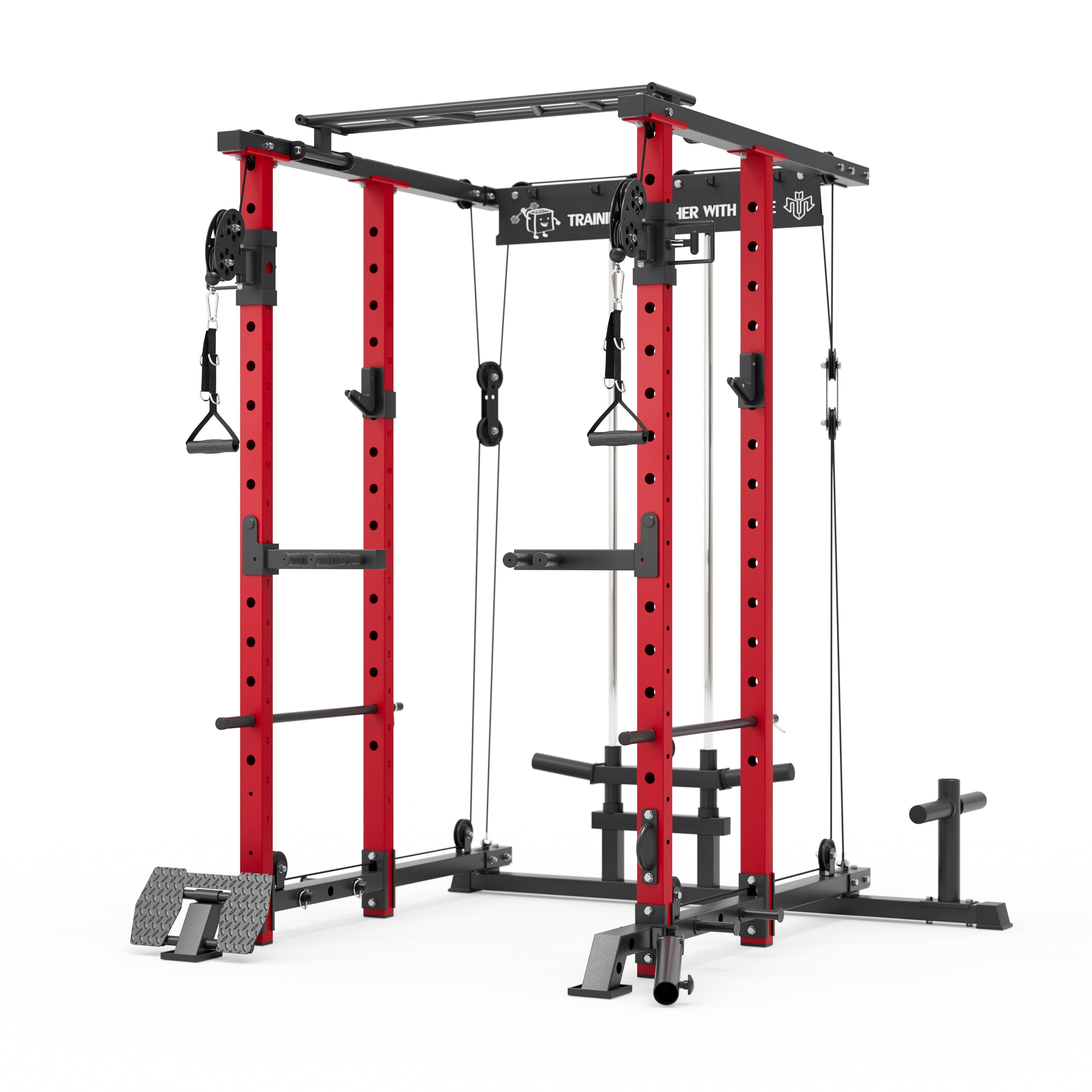
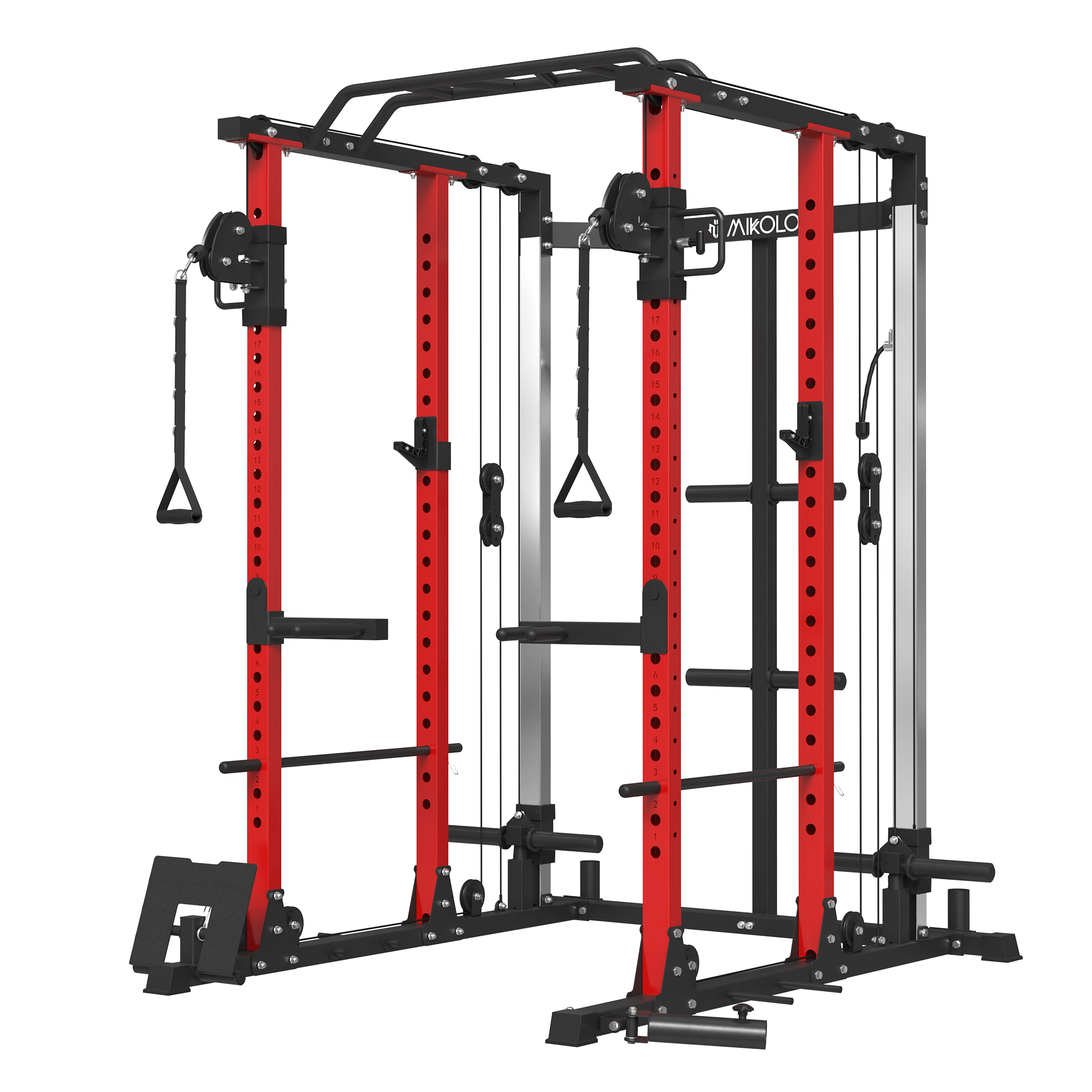

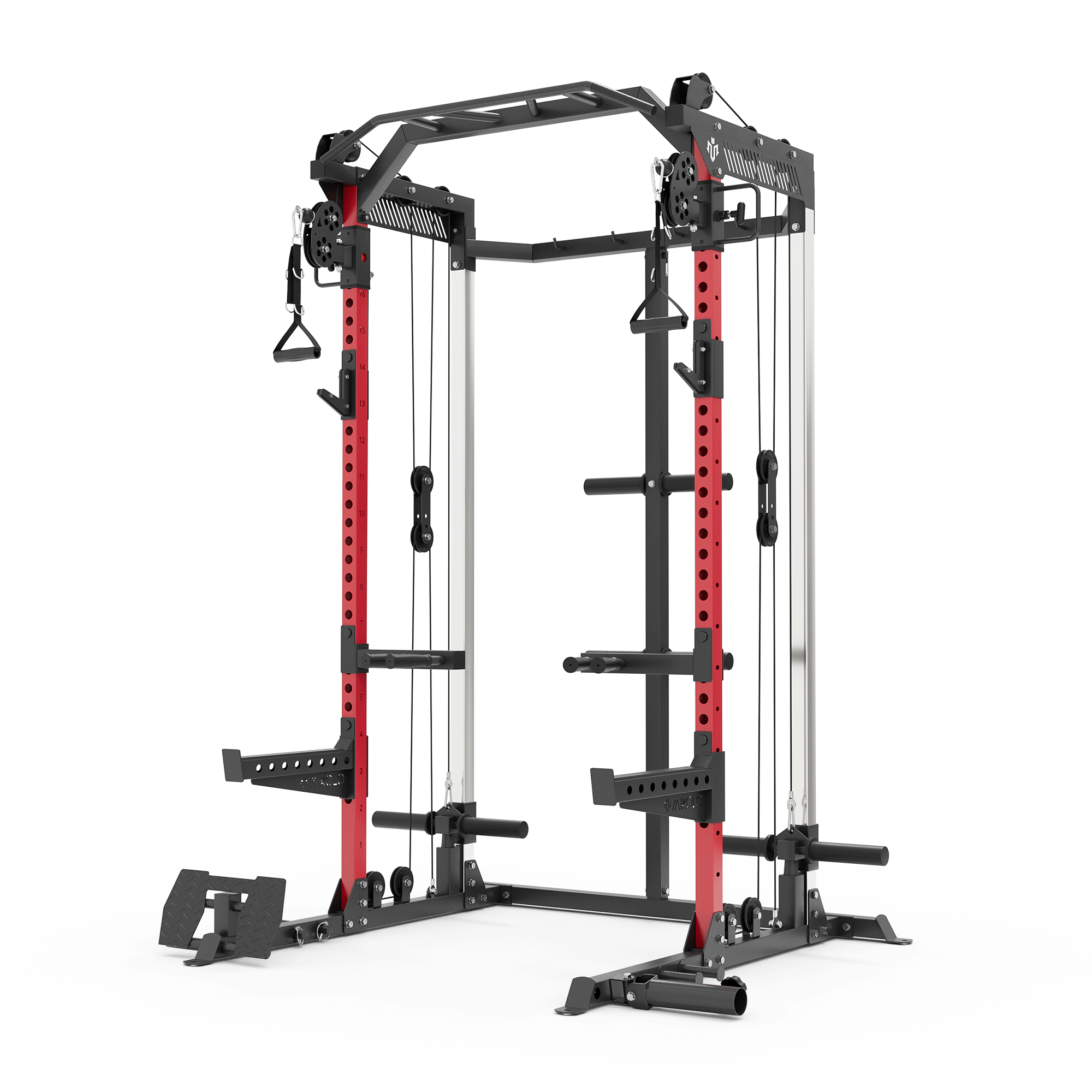
















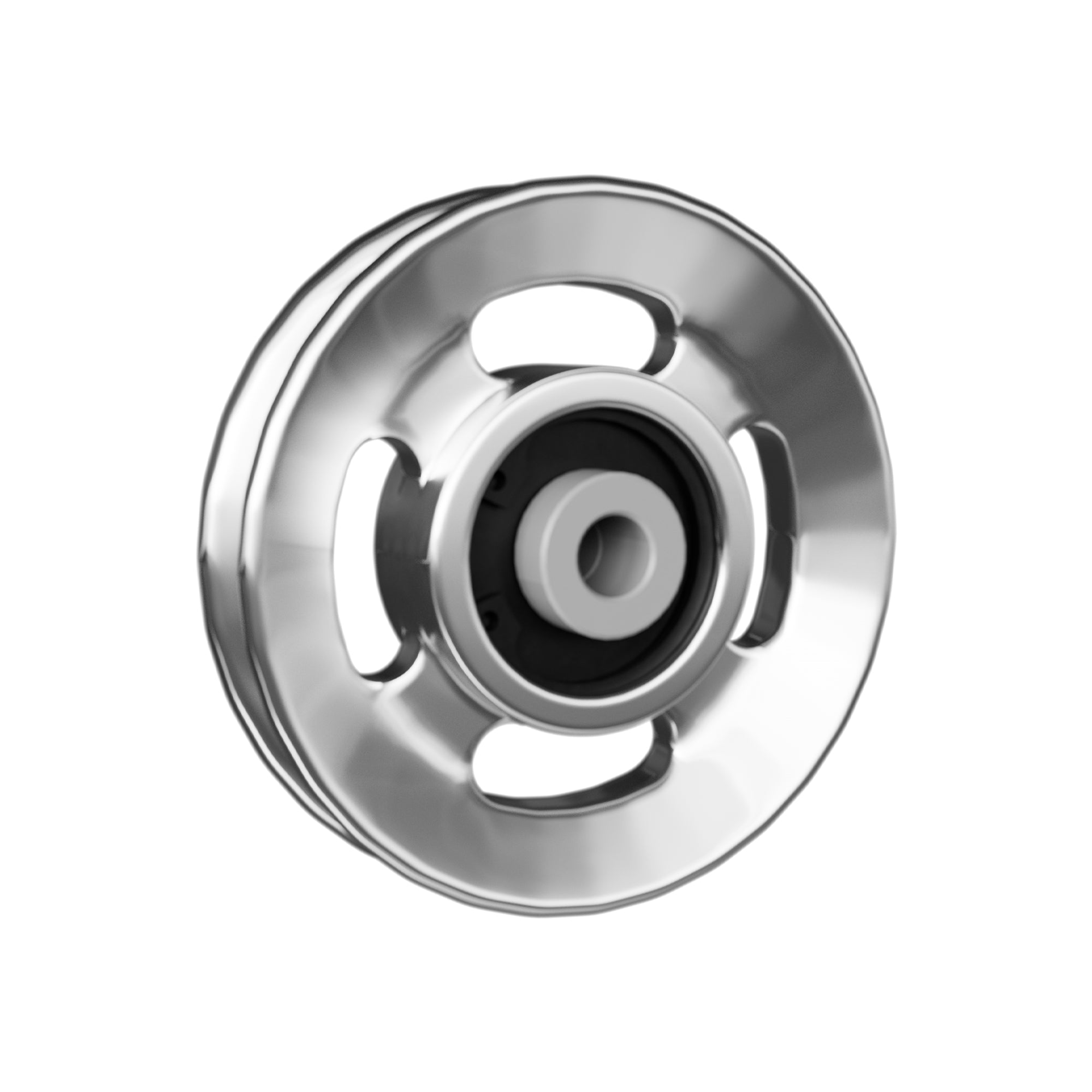
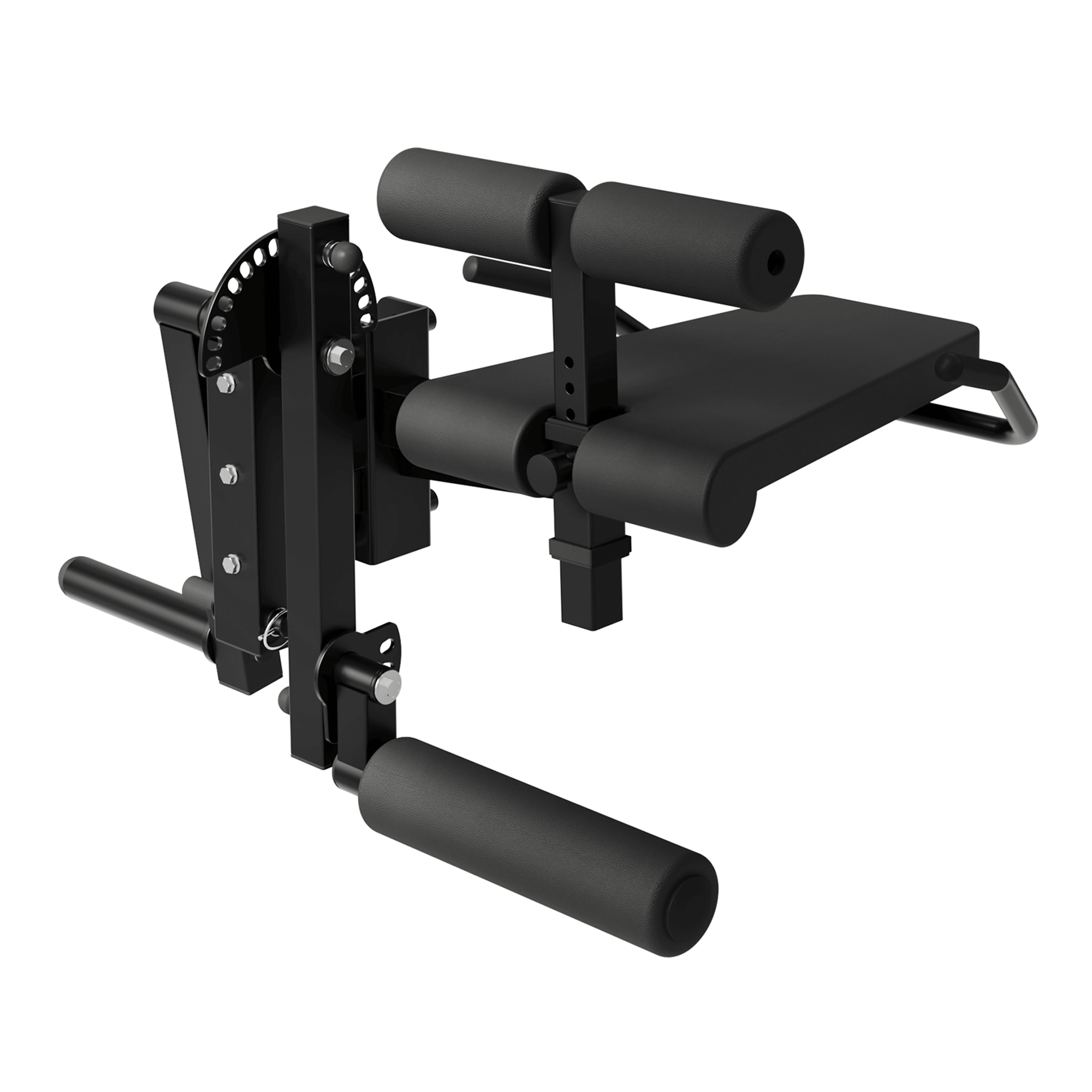



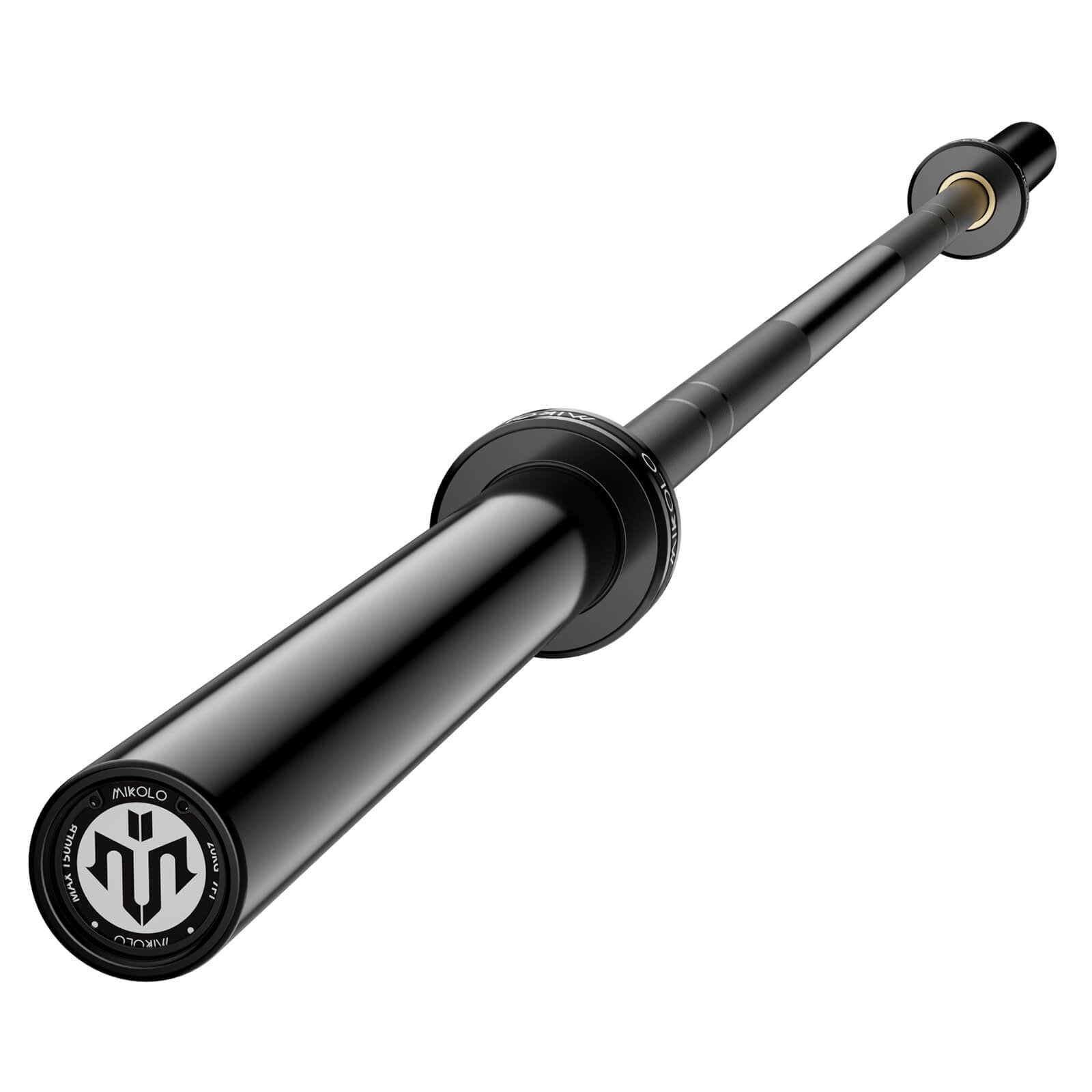




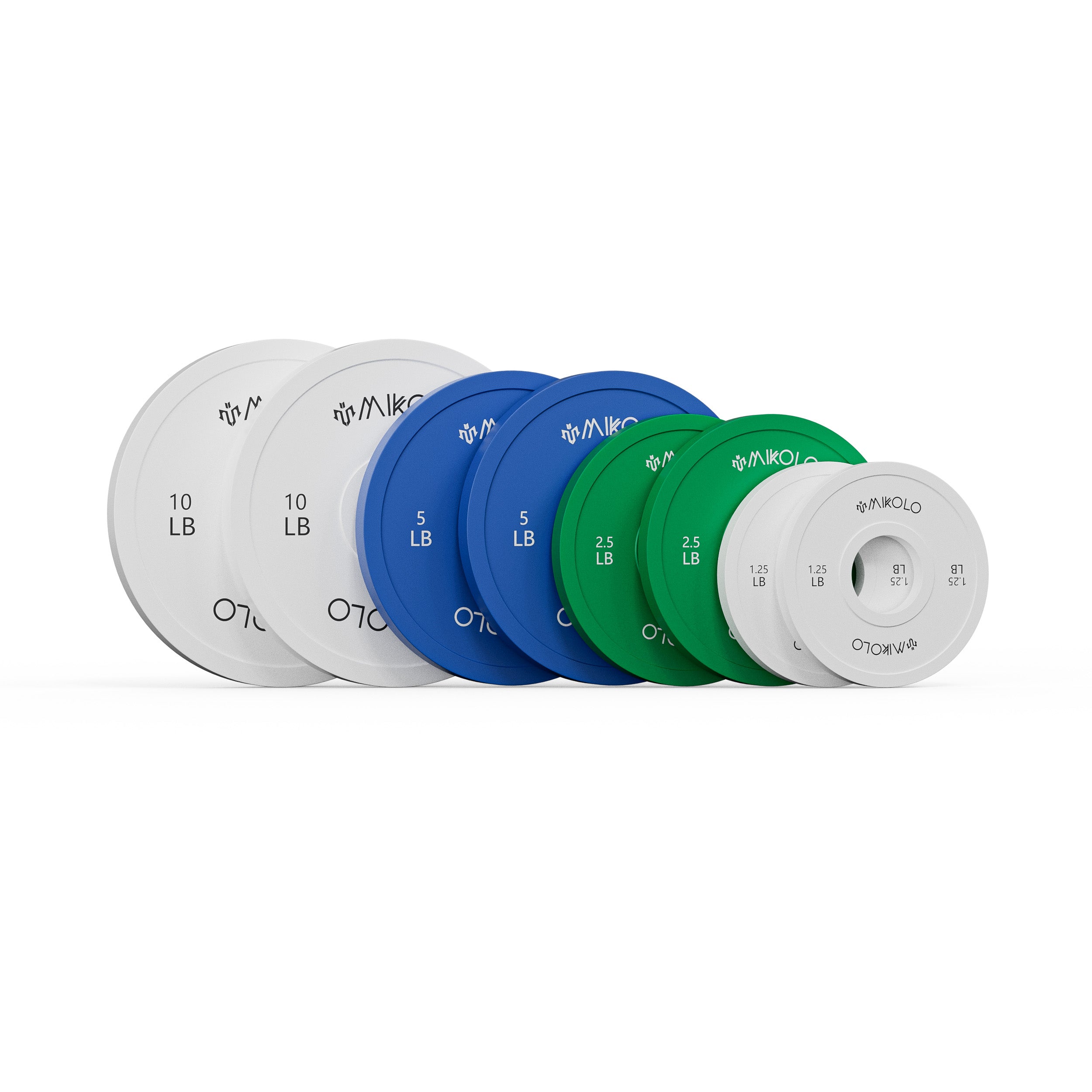



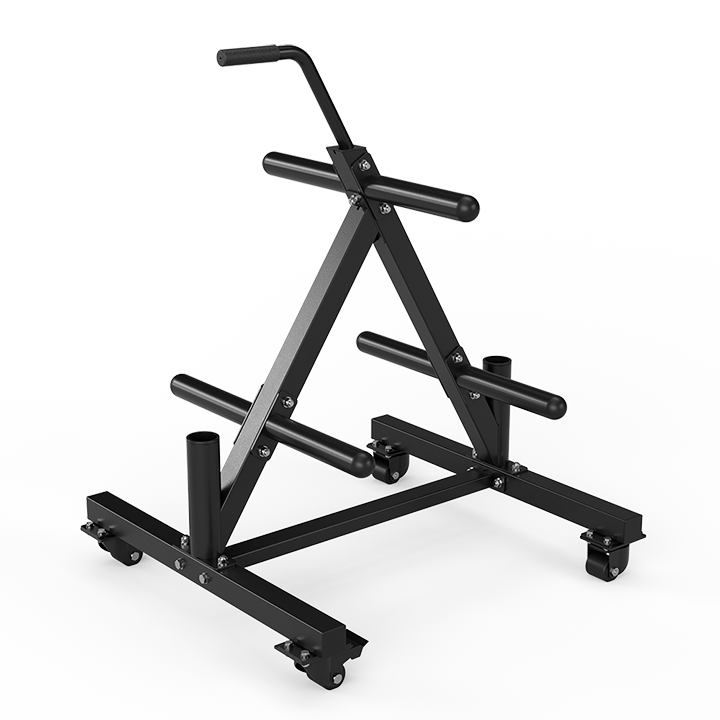




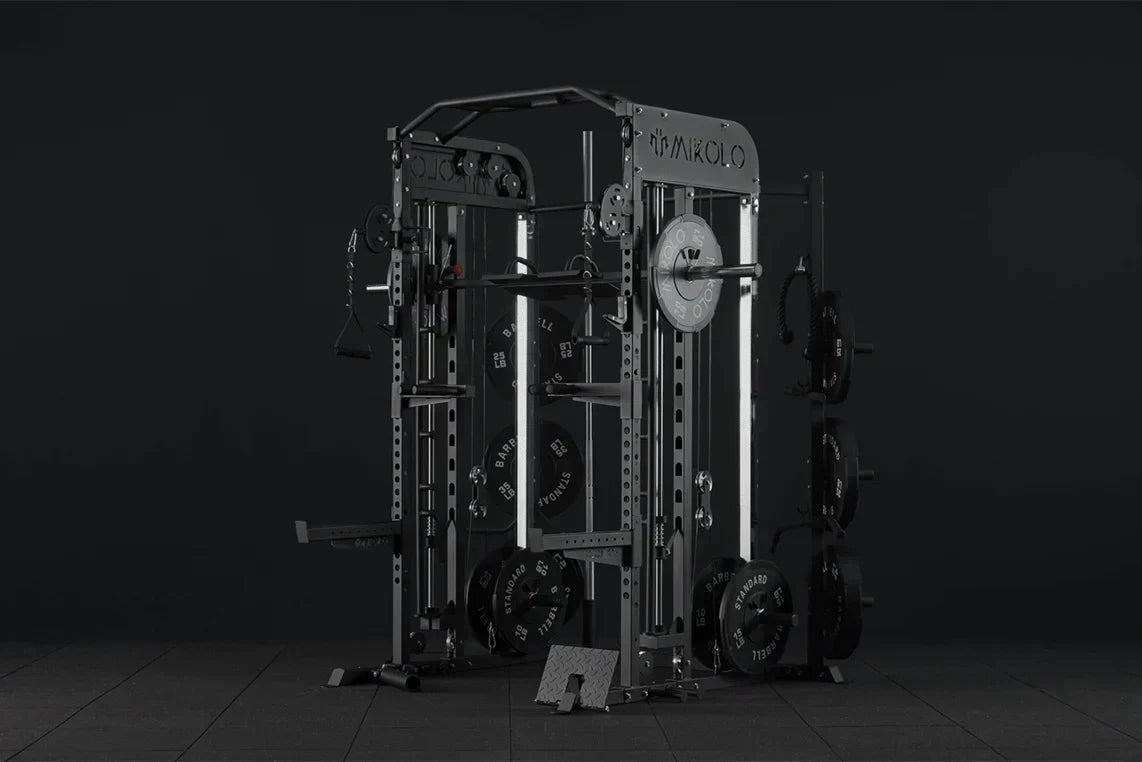

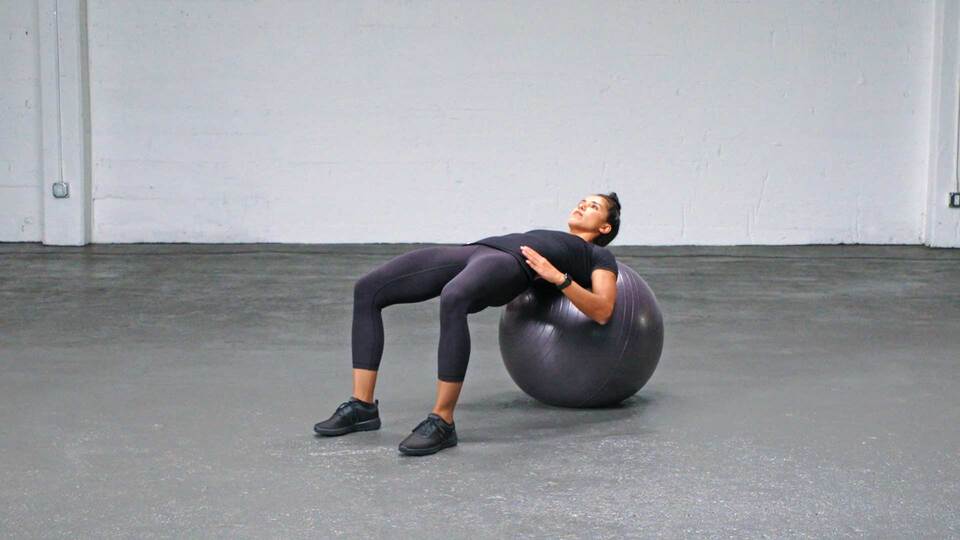
Leave a comment
This site is protected by hCaptcha and the hCaptcha Privacy Policy and Terms of Service apply.